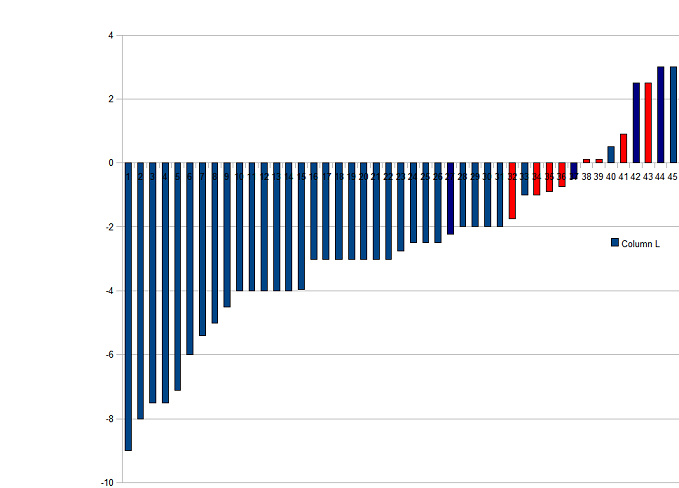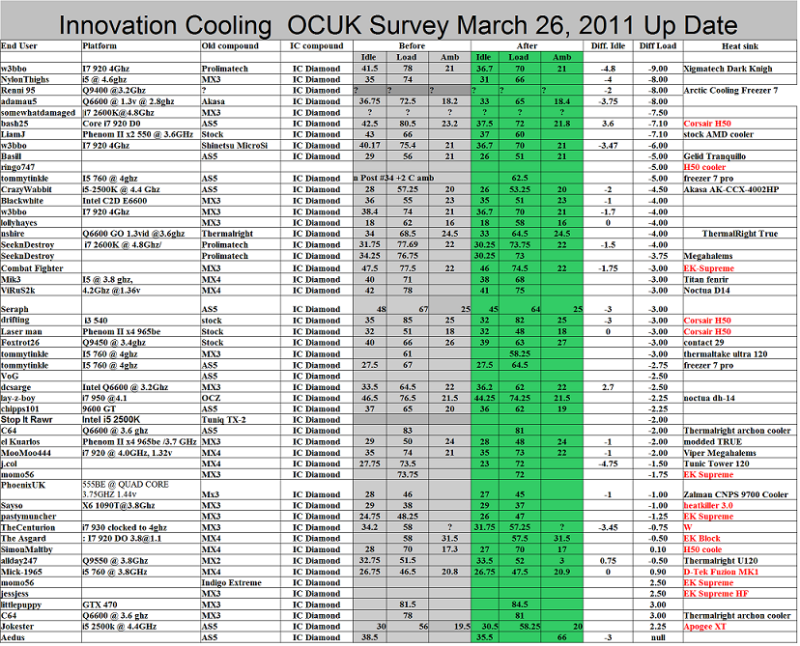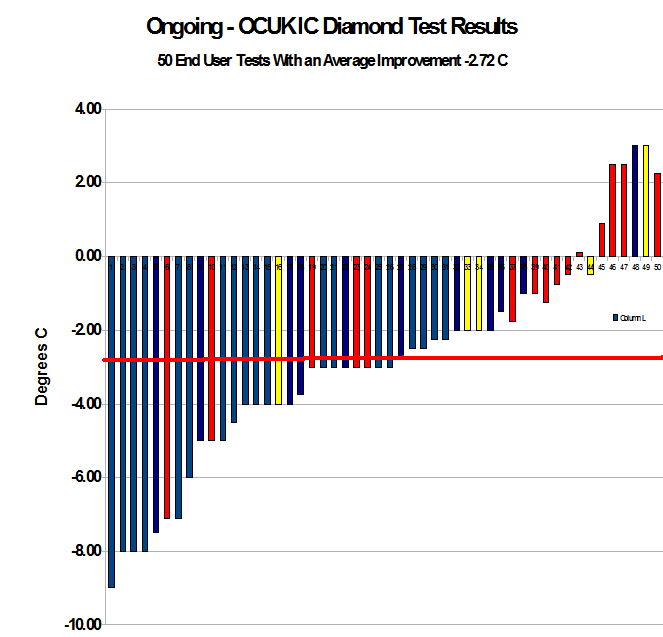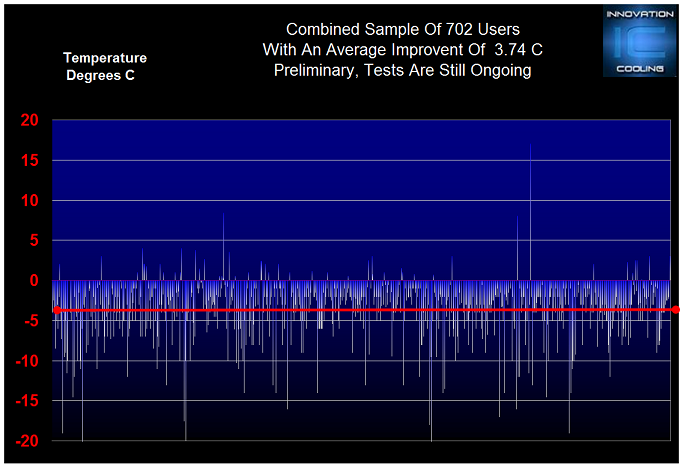- Joined
- 7 Dec 2010
- Posts
- 223
Actually pretty much the way we do our comparisons, multiple test dies for months and comparisons made on the same die. We record the data every morning to get a trend line up or down. have to be rigorous about ambient's
You and WingZero30 should be in R&D as your interest lies in that direction.
You and WingZero30 should be in R&D as your interest lies in that direction.











